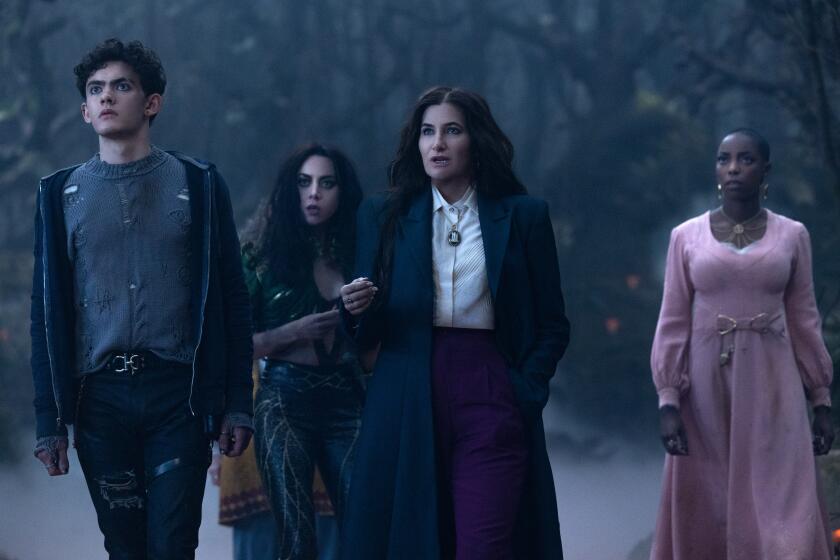Germany begins releasing list of works from Nazi art stash
Responding to international pressure, officials in Germany have released a preliminary list of the more than 1,400 works of art discovered in a Munich apartment that are believed to have been improperly acquired by the Nazis.
On Tuesday, authorities began publishing an online roster of the works found in the apartment of Cornelius Gurlitt, an art dealer who is the son of the Nazi art dealer Hildebrand Gurlitt.
The partial list of just 25 works was published on the site Lost Art Database on Tuesday, but the site has been experiencing technical difficulties, presumably because of high traffic.
Gurlitt was found to be hoarding 1,406 works of art in his apartment in the Schwabing district in Munich. Authorities made the discovery last year but kept quiet about it until the German magazine Focus broke the news in late October.
PHOTOS: Arts and culture in pictures by The Times
The cache is believed by many to be one of the most important discoveries of Nazi looted art since World World II. Experts expect the process of authenticating the works recovered from Gurlitt’s apartment to take years.
Among the works listed on the website are: “Moorish Conversation on a Terrace” by Eugene Delacroix, “Riders on the Beach” by Max Liebermann, “Seated Woman / Woman Sitting in Armchair” by Henri Matisse, “Allegory/Allegorical Scene” by Marc Chagall, and “Study of a Woman Nude, Standing, Arms Raised, Hands Crossed Above Head” by Auguste Rodin. (Several of these works were disclosed last week by the prosecutor investigating Gurlitt.)
The Lost Art Database is an official German site that lists cultural objects that were seized during World War II and the Holocaust, particularly from Jewish owners. Officials are expected to update the list of works recovered from Gurlitt’s apartment on an ongoing basis.
On Monday, German officials said they are creating a task force whose mission is to investigate the provenance of the 1,406 works of art. It remains unclear exactly how many of the works were acquired from German museums under the Nazi’s “degenerate art” policies.
The task force must also determine which pieces were acquired from Jewish owners during the Holocaust.
ALSO:
Lift the veil from the Nazi art cache
Details emerge of masterpieces in Nazi art trove
Nazi art discovery in Germany could pose legal challenges
More to Read
The biggest entertainment stories
Get our big stories about Hollywood, film, television, music, arts, culture and more right in your inbox as soon as they publish.
You may occasionally receive promotional content from the Los Angeles Times.










